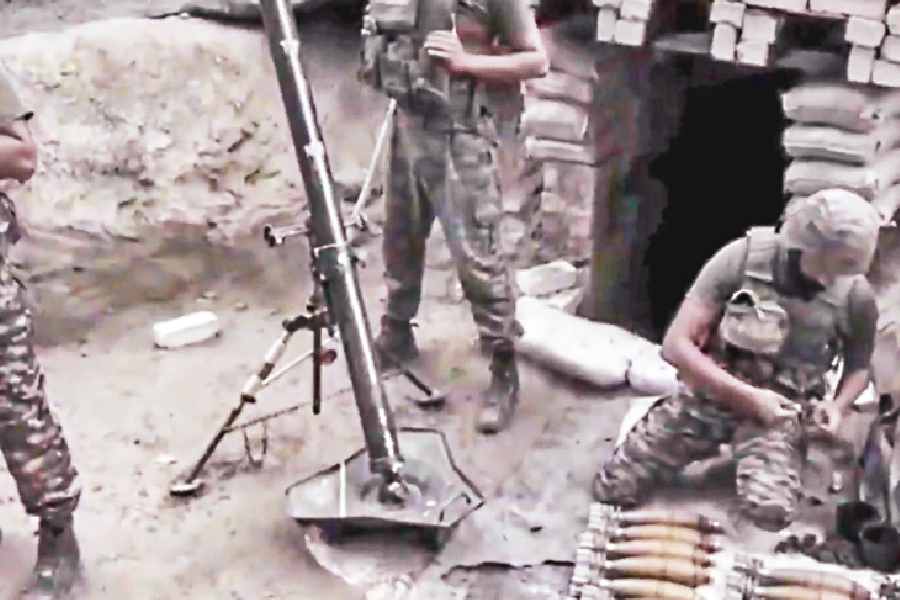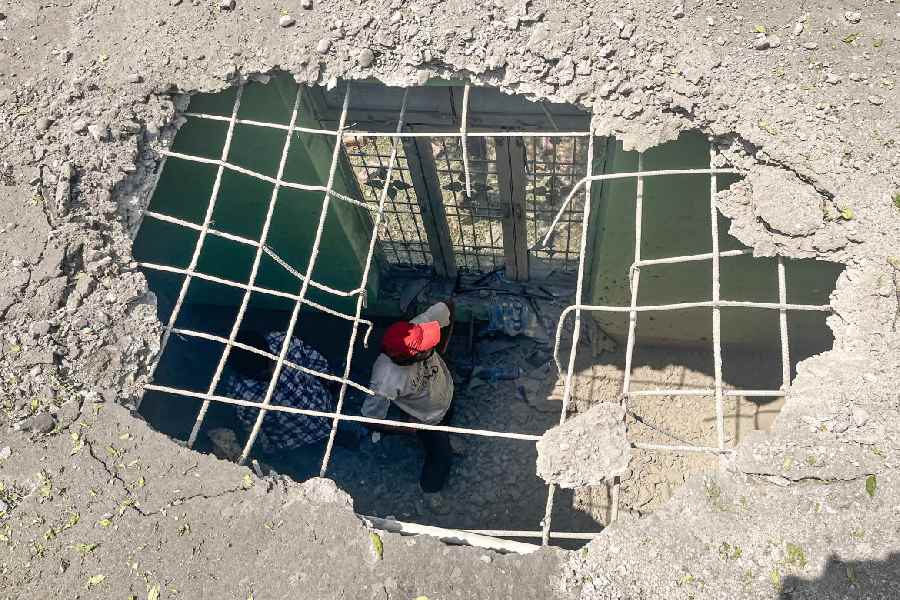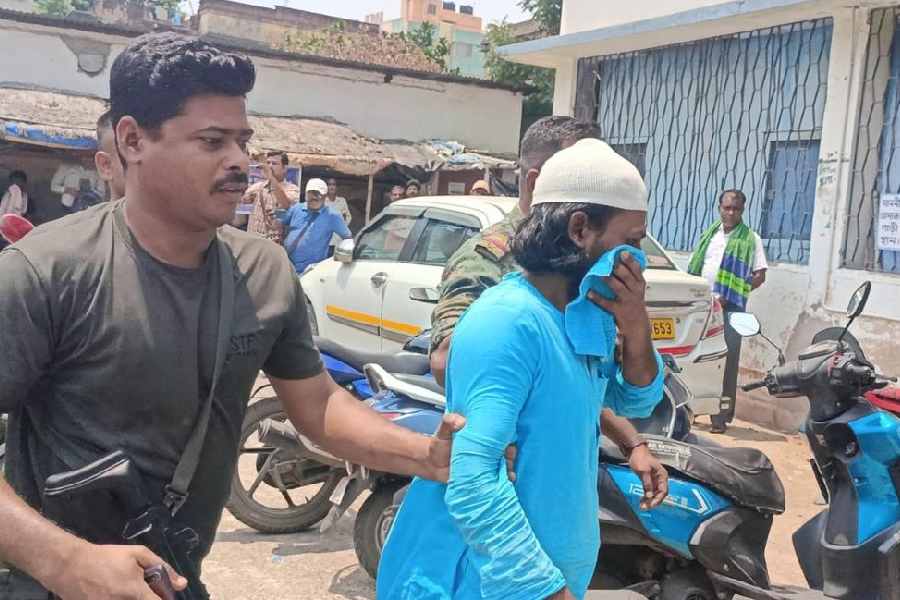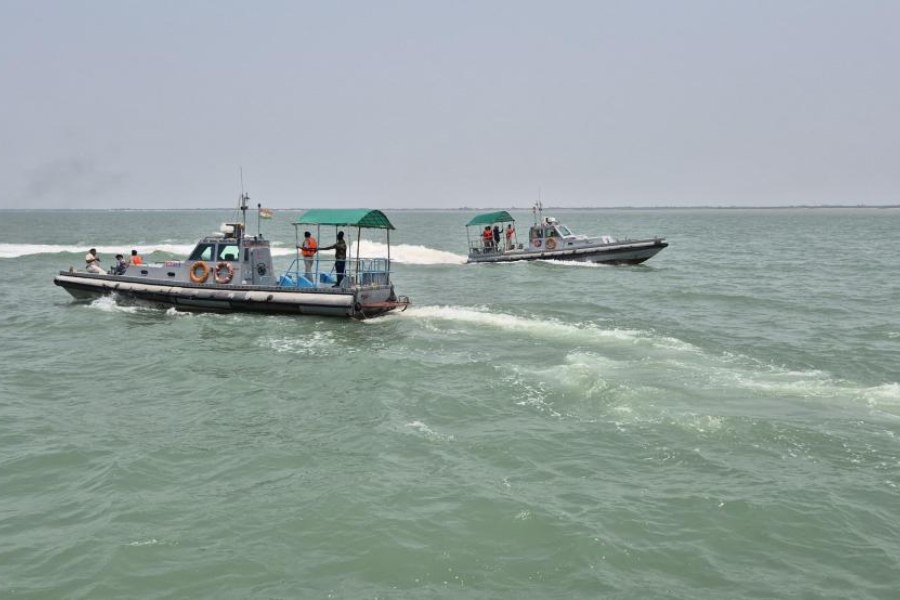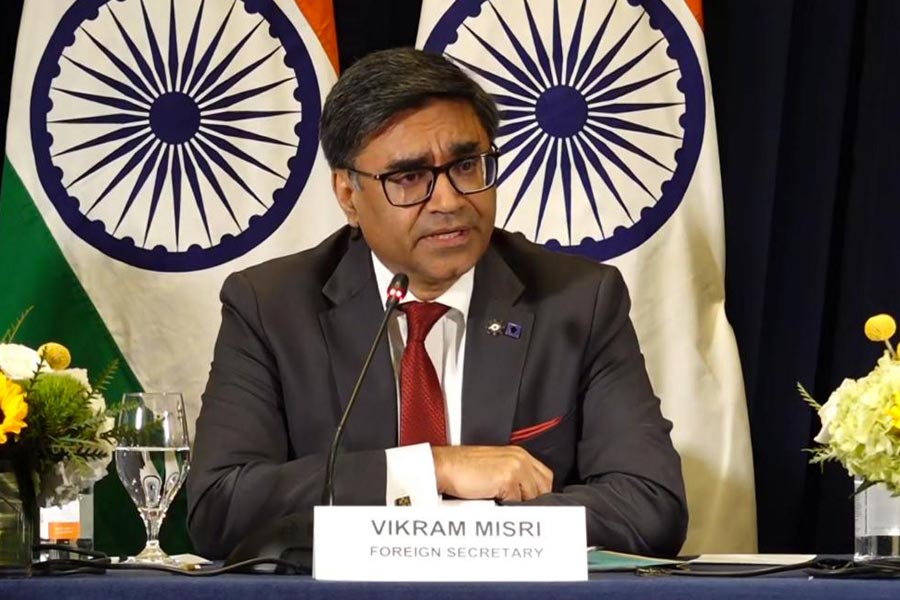 |
Wailing sirens that warned citizens of imminent air raids during the Second World War or during the Indo-Pak wars are set to return again but this time to warn citizens of dangers in a new avatar, like terrorist attacks or natural calamities. A recent circular from the Union civil defence ministry has asked the state civil defence ministry to revive sirens and civil defence activities.
Many senior citizens in Howrah recalled how sirens were a regular affair during the wartime. Kalyanbandhu Bhattacharya, 76, a resident of Ramcharan Sett Road, Santragachhi, said the sound of siren would shatter the silence of the night during the Second World War. Sirens would sound to alert the residents about imminent air raids by the Japanese air force. At that time, Bhattacharya was a sprightly lad of 12. “I grew up in a joint family with many cousin brothers and sisters. Our parents would wake us up whenever the siren went off at night and rushed us to the ground floor. We had to wait there till the all clear signal was given,” said Bhattacharya.
Sirens were also in use during the Indo-China war in 1962, during the Indo-Pak war in 1965 and again during the second Indo-Pak war in 1971. But after 1971, sirens fell silent mainly because the country did not go to war for a long time.
A direct fallout was that the sirens fell into disrepair for lack of use and maintenance. The staff appointed for operating and maintaining the sirens was withdrawn and assigned to other jobs. The defunct sirens gradually found their way to government godowns waiting to be sold as scrap.
 |
| A siren in Burn Standard Co. factory in Howrah.Picture by Gopal Senapati |
The new Trinamul government has decided to bring back sirens to alert people during natural calamities. “The district administration of South 24 Parganas failed to alert the people living near the sea during Aila. If sirens are brought back, people can be easily alerted during natural calamities like Aila,” said a senior civil defence officer.
Now that the new state government is contemplating reviving civil defence activities, including the use of sirens, it has to rebuild the entire system from scratch. People in Howrah are eagerly waiting to see whether the government restarts the kind of civil defence activities that was last witnessed during the wars.
In 2005, the Union home ministry asked the state for the revival of civil defence activities in Calcutta and districts to meet any eventuality. Some of the instructions included keeping 50 civil defence volunteers ready for any emergency, ensuring that hotlines were functioning, reviving the 9 am sirens, engaging the civil defence officials exclusively in department duties and training of civilians.
The district authority, however, has done nothing so far. The 50 odd civil defence staff in Howrah are now being used by the district administration for jobs that have nothing to do with civil defence duties. Most of the wardens of the 12 wards of Howrah Town and Bally units of civil defence have either died or are on the verge of retirement. During the Indo-China war of 1965, ward offices were opened in local clubs or private households where meetings of volunteers were held regularly. After more than 50 years only one office at Chintamoni Dey Road is still functional. Other ward offices stopped functioning decades ago.
The civil defence department in Howrah still has some volunteers. The volunteers were earlier trained regularly to fight fire, rescue people trapped in fire, fish out people from water in case of boat capsize in river and give first aid. But now training programmes are rarely held. Every year during Ganga Sagar Mela, the volunteers are sent to the Sagar Island to help the pilgrims. “Since training programmes are rarely held the volunteers are no good. They play the role of spectators,” said Nemai Chandra Dutta, divisional warden, Howrah division civil defence.
If the district administration is serious about reviving civil defence activities once again they have to open ward offices. They also have to install sirens in Howrah town. “I have written several letters to the district administration requesting them to revive the ward offices. The ward offices can function both during war and peace time,” said Dutta. He recalled how civil defence volunteers worked day and night during the 1962 war and again during the 1971 war. A senior officer of the district administration said, “Adequate fund is needed for building up civil defence activities in this district. As soon as funds are released we shall start work.”
 |
| Sirens are set to return for warning during natural calamities like Aila |
During the Second World War sirens in Howrah were directly controlled from Writers’ Buildings and the system was called ARP (Air Raid Precautions). ARP was formed in UK in 1924 nearly 15 years before the Second World War that broke out in 1939 and ended in 1946. The then British government decided to form ARP as tension in international politics mounted and relations between Germany and Japan rapidly deteriorated. In independent India, the civil defence department was formed in 1962 during the Indo-China war and the first controller of the civil defence was Major D. C. Mookerjee.
There were two control rooms for the sirens in Howrah, one at Dinobandhu College in Shibpur in the south and another at Santiram School in Bally in the north. There were altogether three sirens in Howrah town and they were maintained by the civil defence department. Till 1986, sirens were found on top of Howrah Zilla School at the administrative hub of Howrah town, in Dinobandhu Institution at Shibpur and Santiram School in Bally.
Not that the sound of siren is altogether missing from Howrah. Two jute mills, one in central Howrah and another in north Howrah, still have sirens to wake up their labourers for the morning shift. “Most of our labourers live within three kilometer radius of the jute mill. We sound the siren at 4am every day to wake them up two hours prior to the morning shift to allow them prepare for duty,” said an officer of Bally Jute Mill.
However, the sound of the jute mill sirens and that during air raids was different. “The sound of air raid alert during wars used to strike panic in us. The jute mills’ sirens are the ‘all clear’ sirens. The war time trill is not sounded,” said Manaranjan Pal, a resident of Bally Durgapur.





